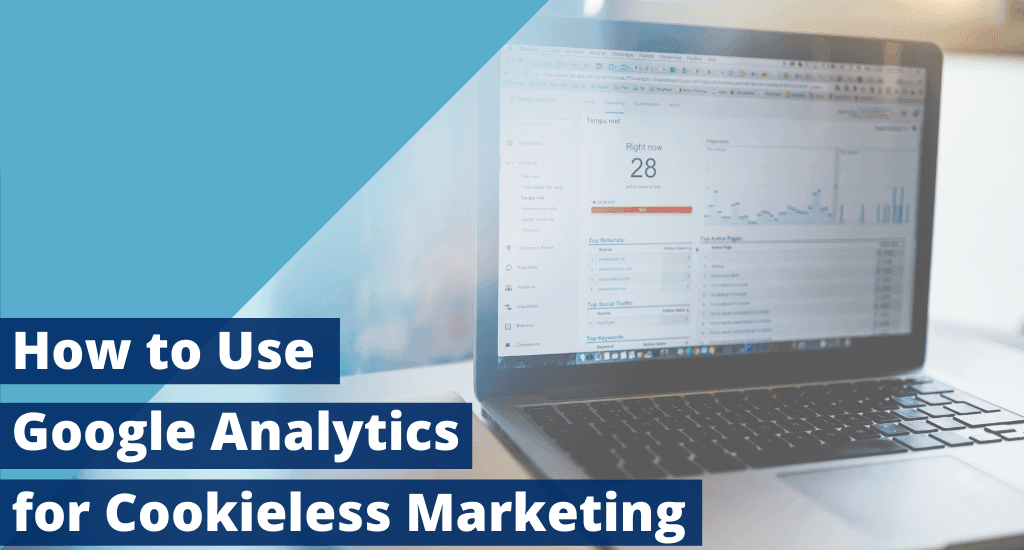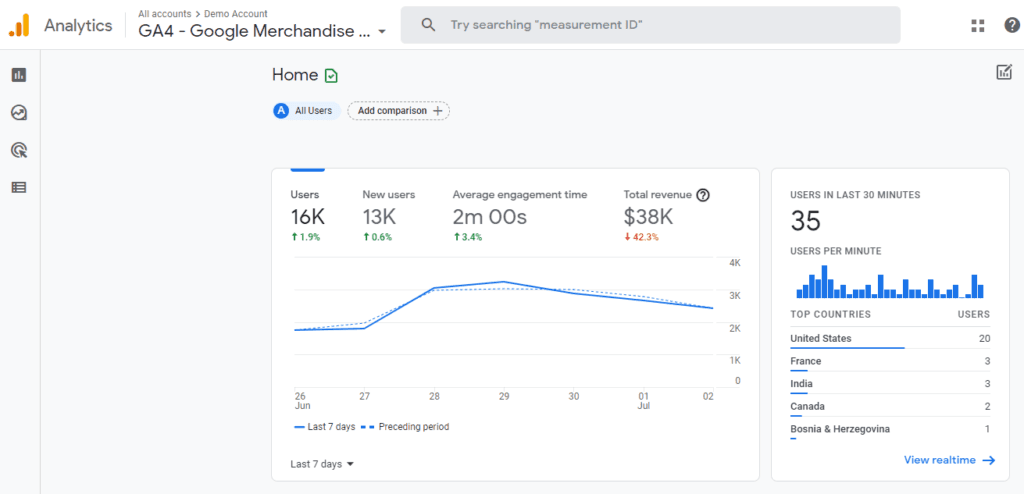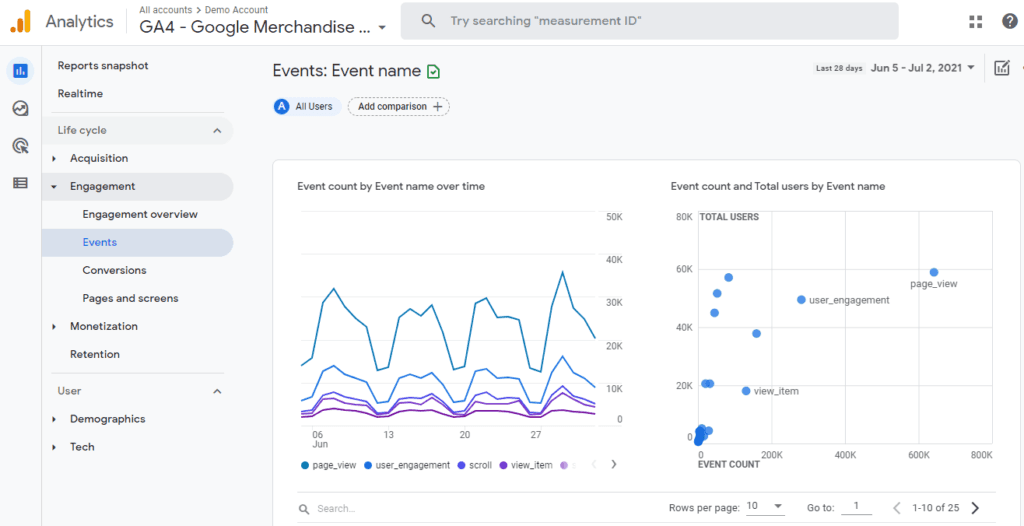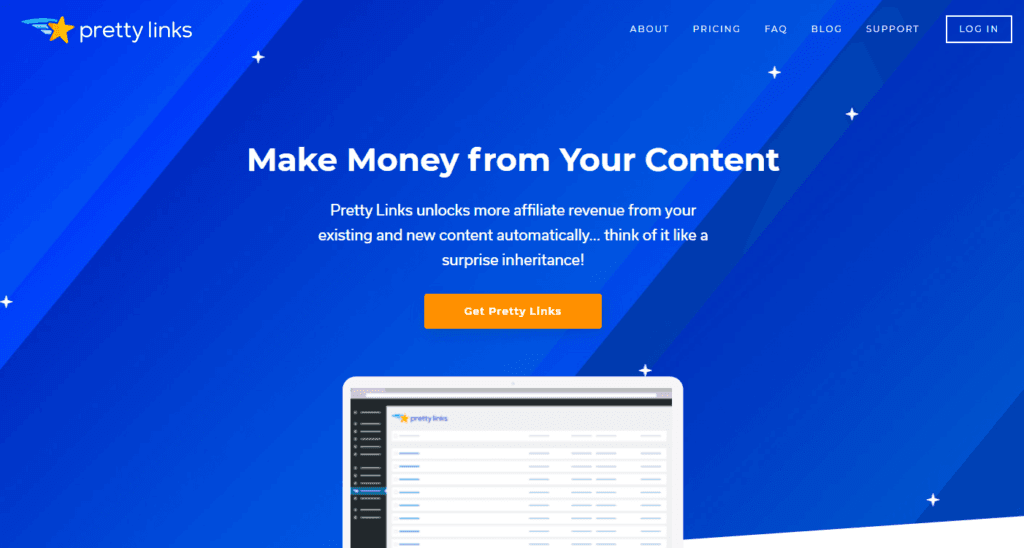Cómo utilizar Google Analytics 4 para el marketing sin cookies (3 consejos clave)

Contenido
For affiliate marketers, Google’s decision to dejar de utilizar cookies de terceros may be a bit concerning. After all, without the information these cookies provide, you might be wondering how you’ll gather the data you need to build successful campaigns.
Fortunately, you’ll still be able to use Google Analytics to learn about your website’s visitors and understand a bit about their behavior. While the data you gather going forward may be less individualized, it’s still very possible to use it to inform your affiliate marketing efforts.
In this post, we’ll give you a brief introduction to cookies. Then, we’ll share three tips about how to use Google Analytics for cookieless marketing. Let’s get started!
Introducción a las cookies (y por qué son importantes)
Cookies are small files that a website places on a user’s device. They’re most often used to improve a website’s functionality. For example, cookies can help users stay logged in to an account, remember their preferences, and even record items in their shopping cart.
Third-party cookies are created by a website other than the one a user is currently on. They’re frequently used for retargeting ads, so marketers can track potential customers as they move from site to site.
This type of cookie is helpful for affiliate marketing. Specifically, third-party cookies help track users as they move from the affiliate’s website to that of the advertiser.
However, they’re generally seen as problematic from a privacy standpoint, as they’re considered more invasive than first-party cookies. As a result, some affiliate programs have already shifted to alternative tracking methods in preparation for a futuro sin cocina.
Cómo utilizar Google Analytics para el marketing sin cookies (3 consejos clave)
Now that you have an understanding of what cookies are, let’s look at some tips for how you can use Google Analytics para la comercialización sin receta.
1. Familiarícese con Google Analytics 4 (GA4)
Google Analytics 4 es una versión completamente nueva de Google Analytics y está diseñada para satisfacer las necesidades de un futuro sin cookies. Elimina las problemáticas cookies de terceros y se basa únicamente en cookies de origen para realizar el seguimiento de los datos, lo que hace que cumpla con las nuevas leyes de privacidad.
This version of Google Analytics is also much more focused on event tracking, rather than sessions and pageviews. While you’ll likely use fewer reports in GA4, they will contain more in-depth information than in previous versions of the platform:

Familiarizarse con la nueva interfaz y los nuevos informes debería facilitarle la transición a una estrategia de marketing sin cookies. Sin embargo, es posible que no quieras deshacerte de tu versión actual de Google Analytics todavía.
Por el momento, puede configurar una cuenta GA4 independiente y comparar las dos herramientas. Tener habilitadas ambas versiones de Google Analytics le ayudará a ver en qué pueden diferir sus informes en el futuro.
2. Configurar el seguimiento de eventos
In Google Analytics, an event is any interaction a user has with your page’s content. Since GA4 will provide you with data based on events, you’ll want to get event tracking set up. Data related to events is essential in affiliate marketing, as you’ll be able to quickly see which of your links visitors are clicking on the most:

There are many different events you can track on your website. If you use video, you can monitor how many times an individual video is played. You might even take this a step further to see how often a video is watched past a specific point. If visitors aren’t viewing the video all the way through, you may want to see if you can make some improvements.
For longer posts and landing pages, you may be interested in finding out how well users are engaging with the content on the page. GA4 enables you to measure this by tracking how far a user scrolls down a page. By default, GA4’s scroll tracking feature only tracks when a user scrolls at least 90% of the way down the page.
3. Identifique su contenido más exitoso
In addition to tracking events, you’ll still be able to see how often visitors view specific pages on your website. This data enables you to identify and capitalize on your most compelling content.
Por ejemplo, puede estudiar las páginas de su sitio web que conseguir el mayor tráfico and try to identify what they have in common. If you’re running an eCommerce store, you might find there’s a particular product category or brand your customers are most drawn to. If you’re running a blog, there may be a particular type of content your audience seems to be most interested in.
También puede buscar tendencias a lo largo del tiempo. Algunos productos y servicios son estacionales, y saber cuándo es más probable que sus lectores los compren puede ayudarle a planificar su campaña. estrategia de contenidos en consecuencia.
También puede utilizar los datos de un plugin como Pretty Links to complement the information you get from Google Analytics. By combining these datasets, you’ll have a more complete picture of your most profitable affiliate links. In fact, you can even integrar Pretty Links con Google Analytics:

After exploring your data, you may find that your approach to affiliate marketing needs to become more focused. If you’re not seeing adequate returns from some of your affiliate links, it may be better to concentrate your efforts on those that provide you with a bigger payoff.
Conclusión
The shift to cookieless marketing is a big change, but it doesn’t have to negatively affect your income. By taking some proactive steps, you should still be able to use Google Analytics para tomar decisiones basadas en datos para su estrategia de marketing.
He aquí algunos consejos que le ayudarán a afrontar este cambio:
- Familiarízate con GA4.
- Configure el seguimiento de eventos.
- Identifique sus contenidos más exitosos.
¿Tiene alguna pregunta sobre el uso de Google Analytics para el marketing sin cookies?? Pregúntanos en la sección de comentarios.
Si te ha gustado este artículo, no dejes de seguirnos en Facebook, Twittery LinkedIn! And don’t forget to subscribe in the box below.
Mike
17 de marzo de 2022
It looks like Google Analytics 4 can use even tracking to track outbound links. Similar to what is currently done with Monster Insights. I'm curious if Pretty Links will be able be tracked directly in GA4 without the need for Monster Insights in the future?